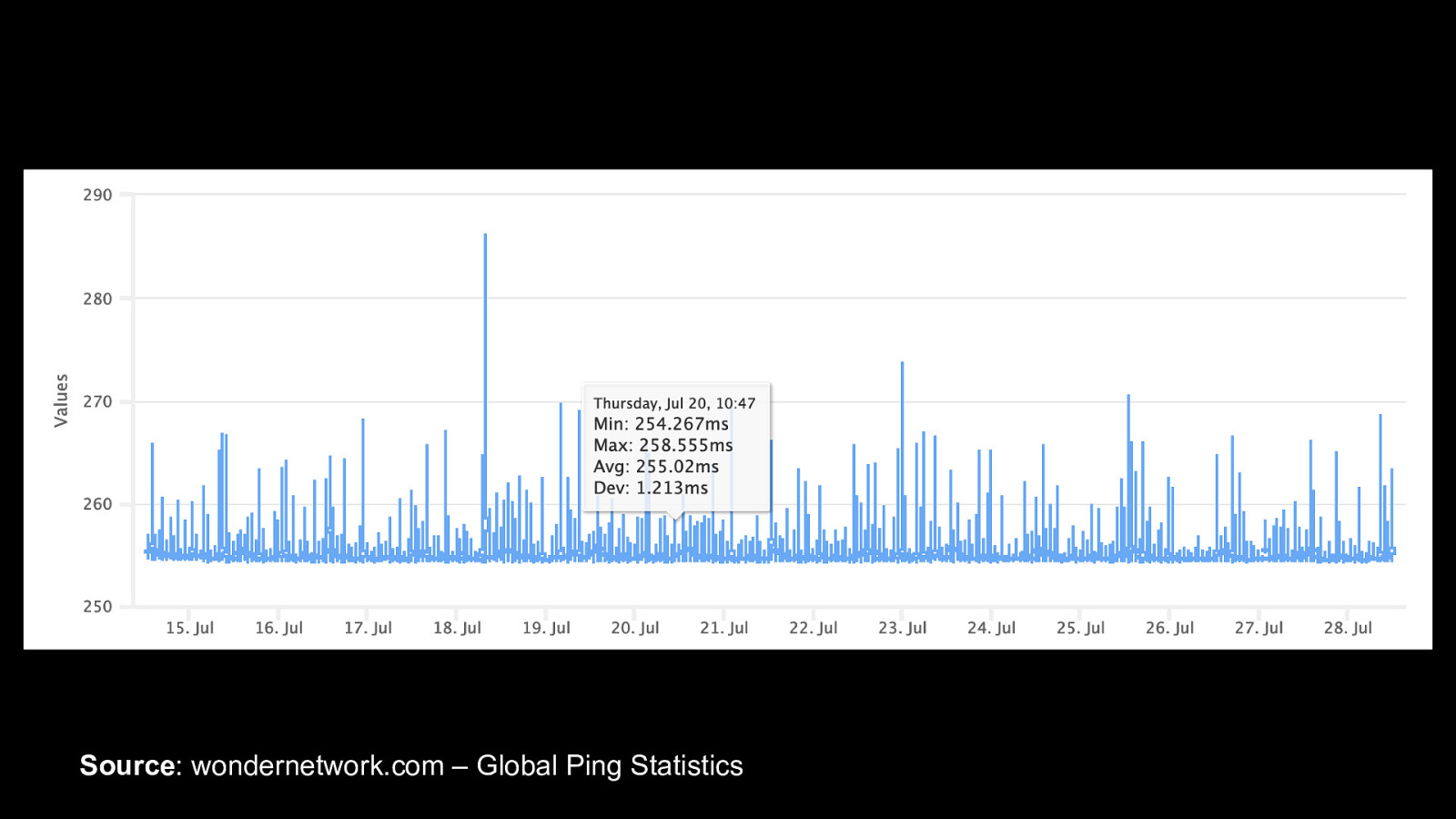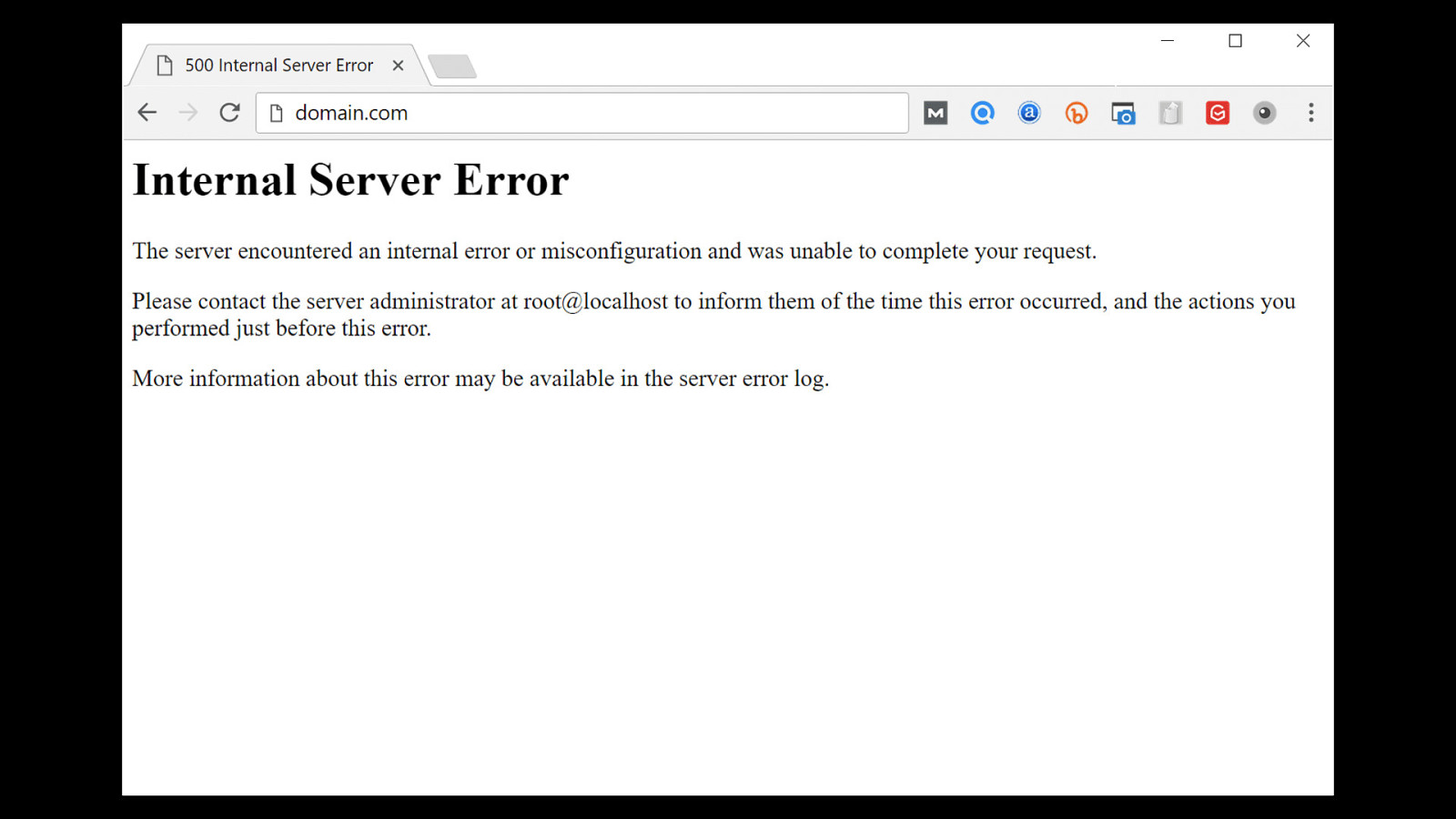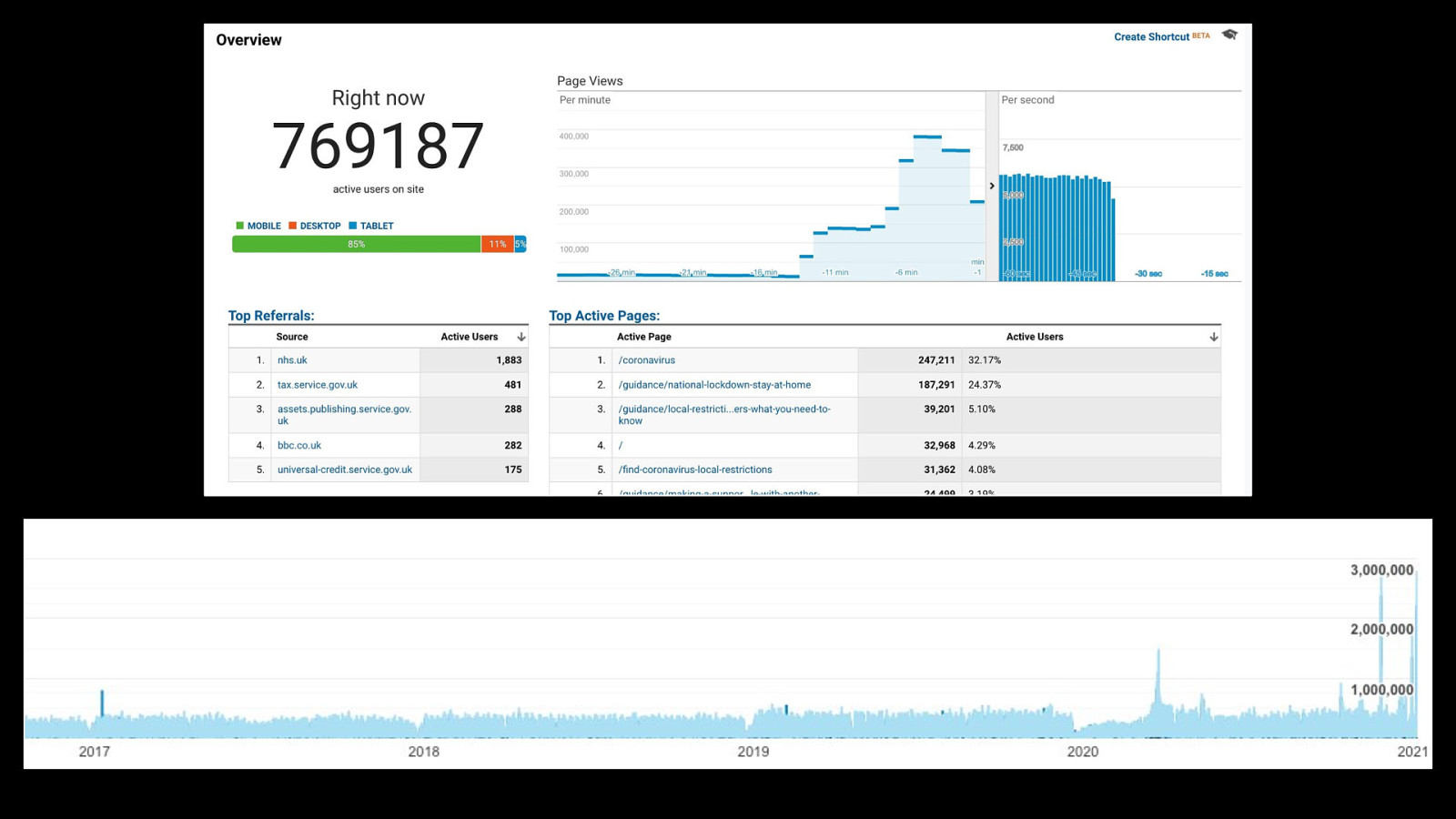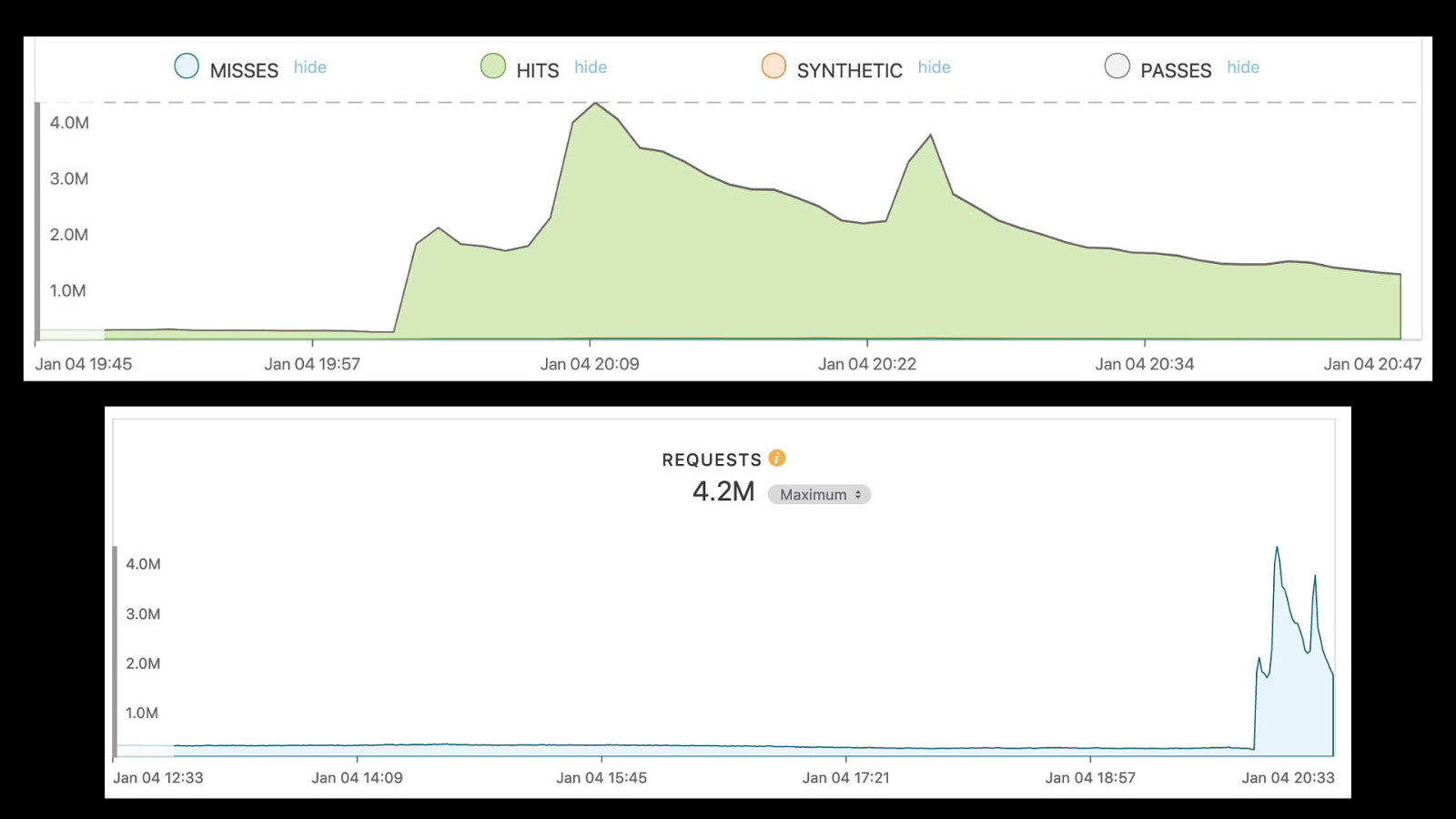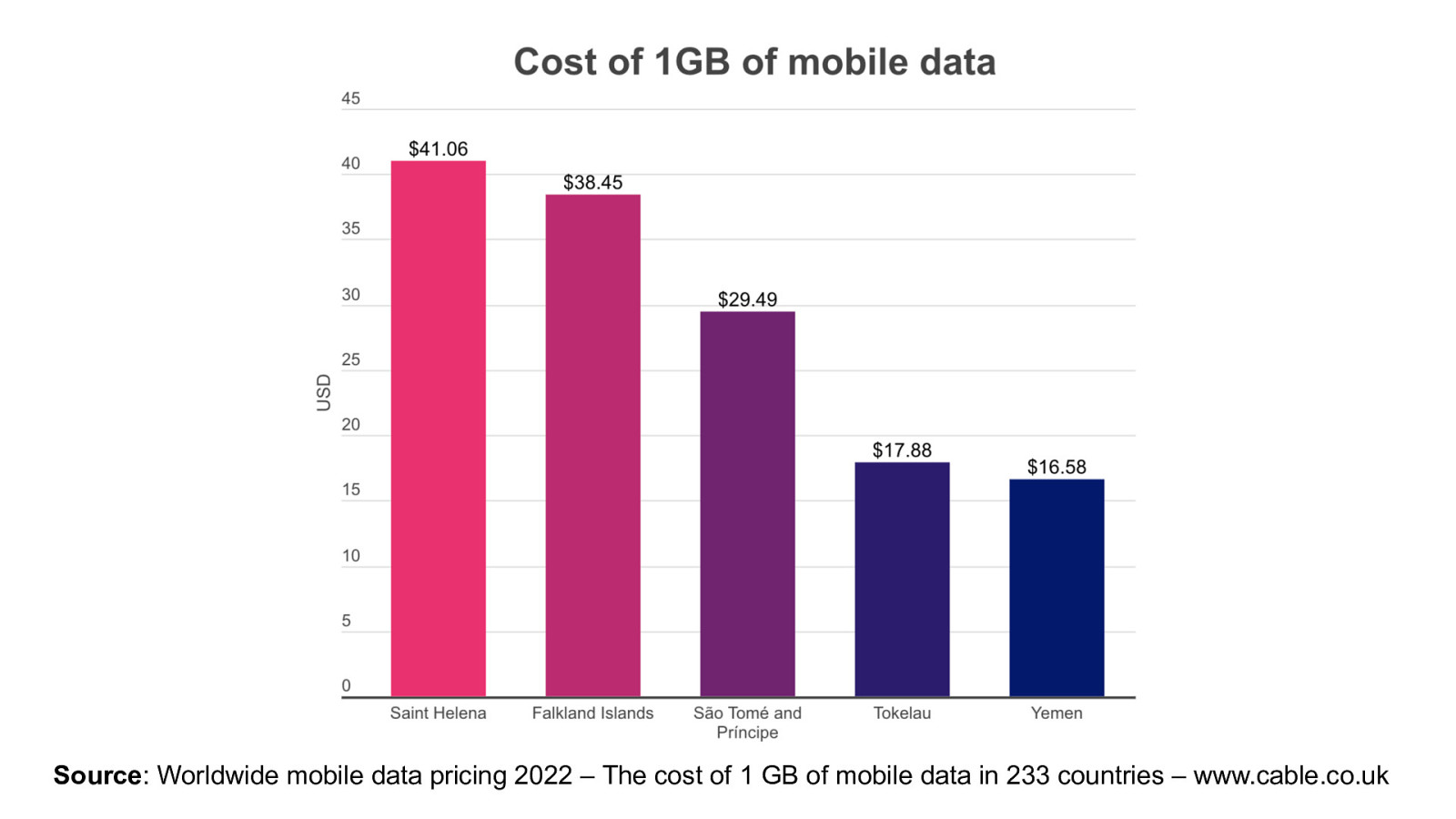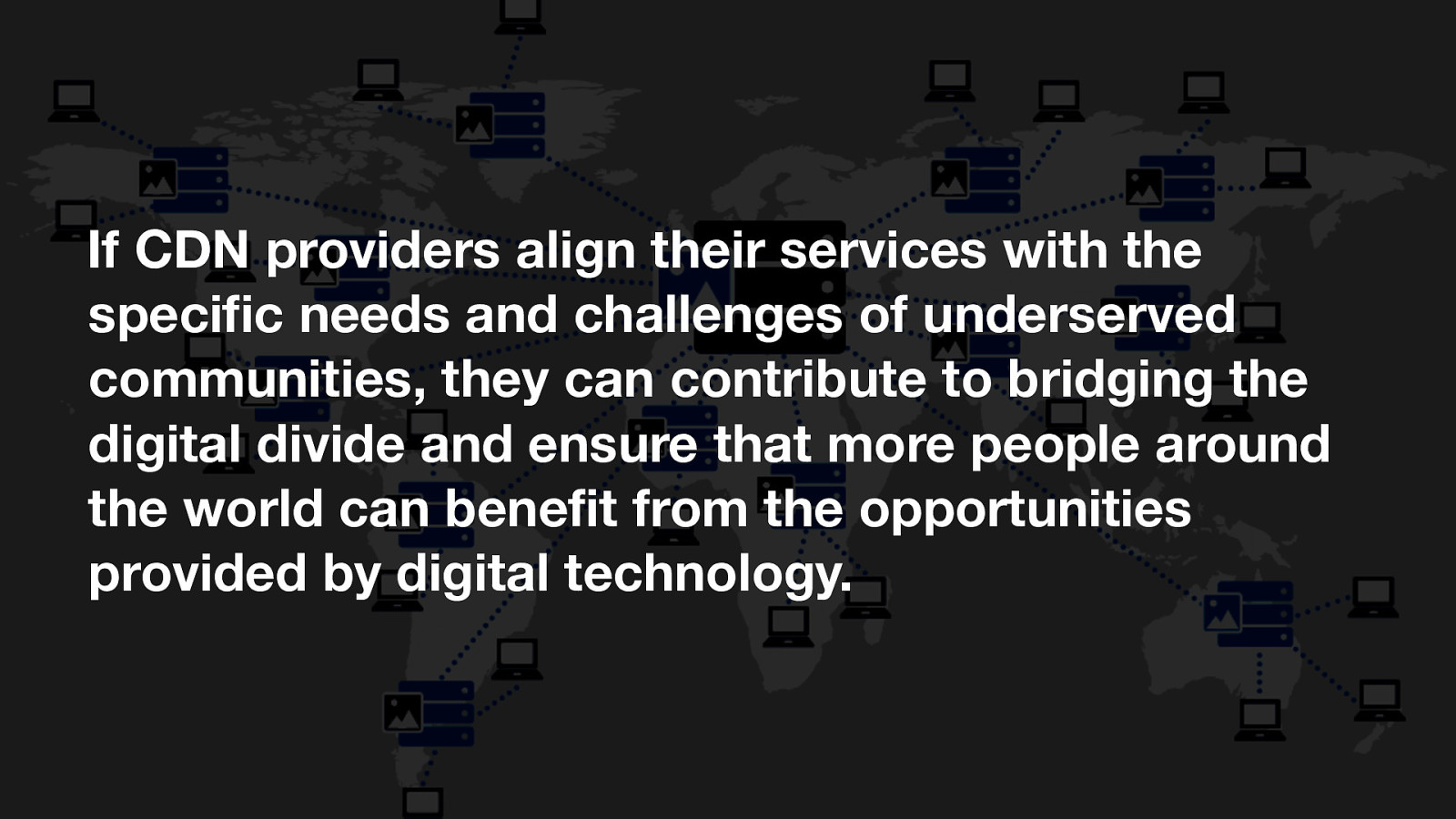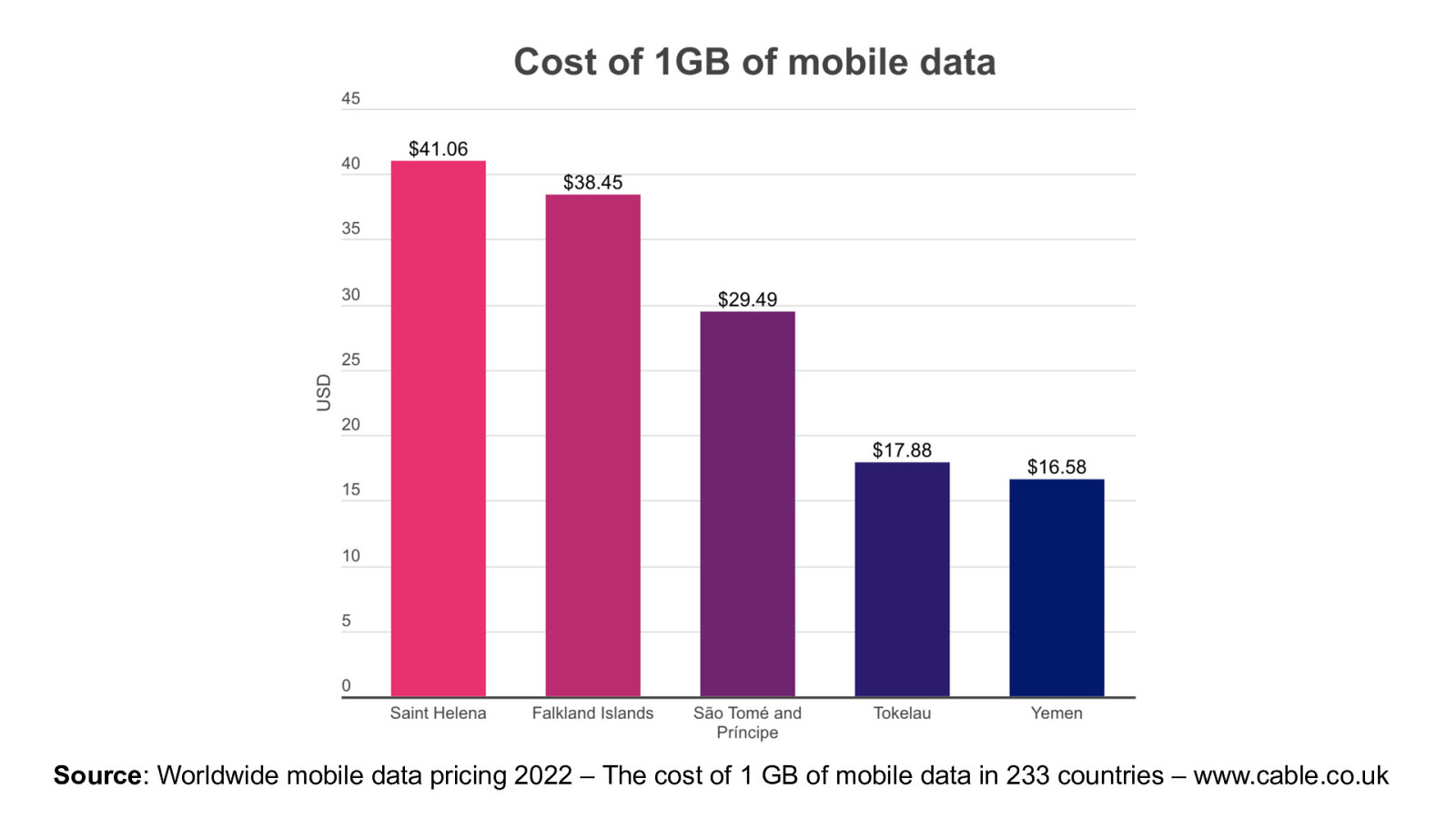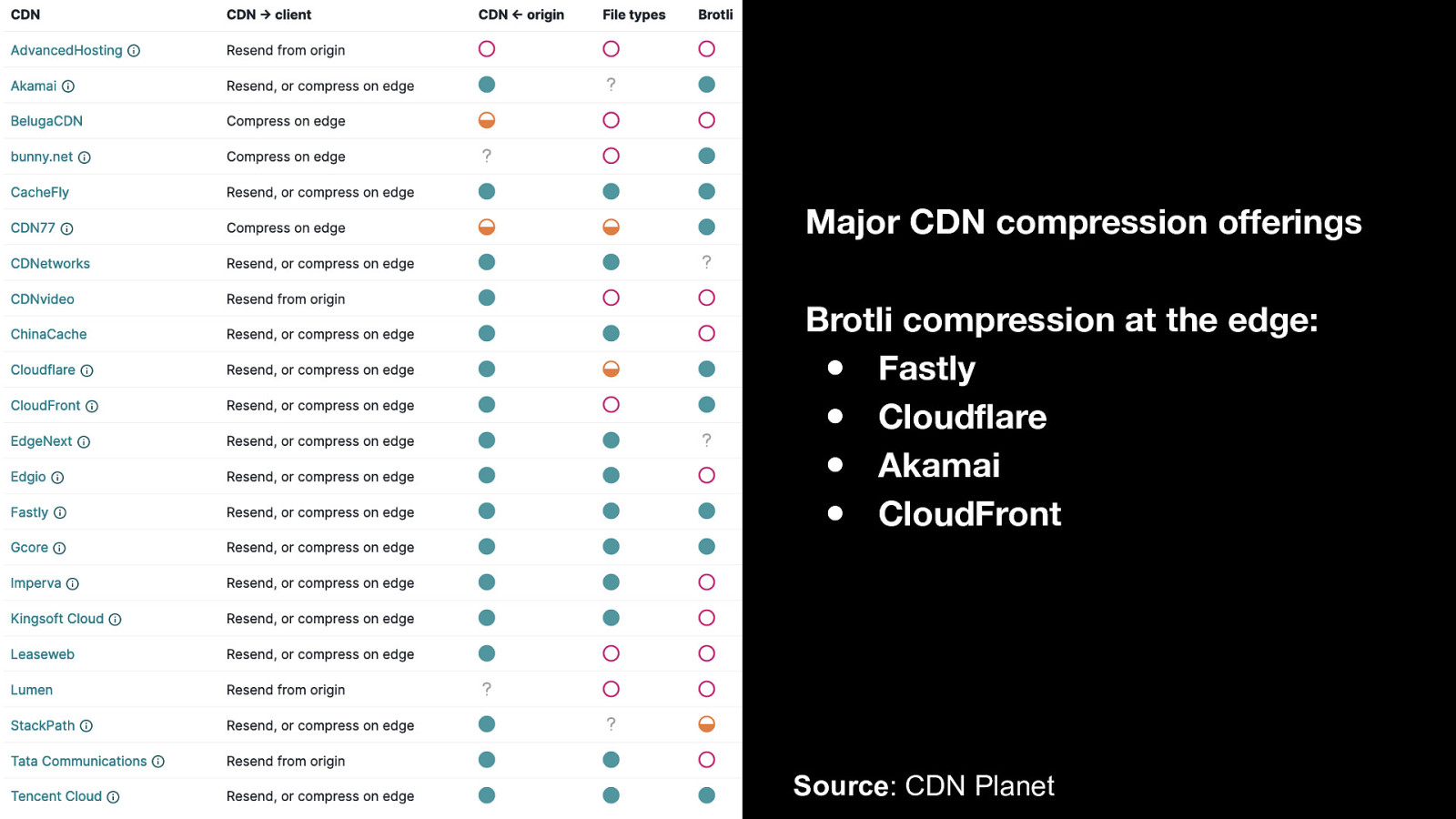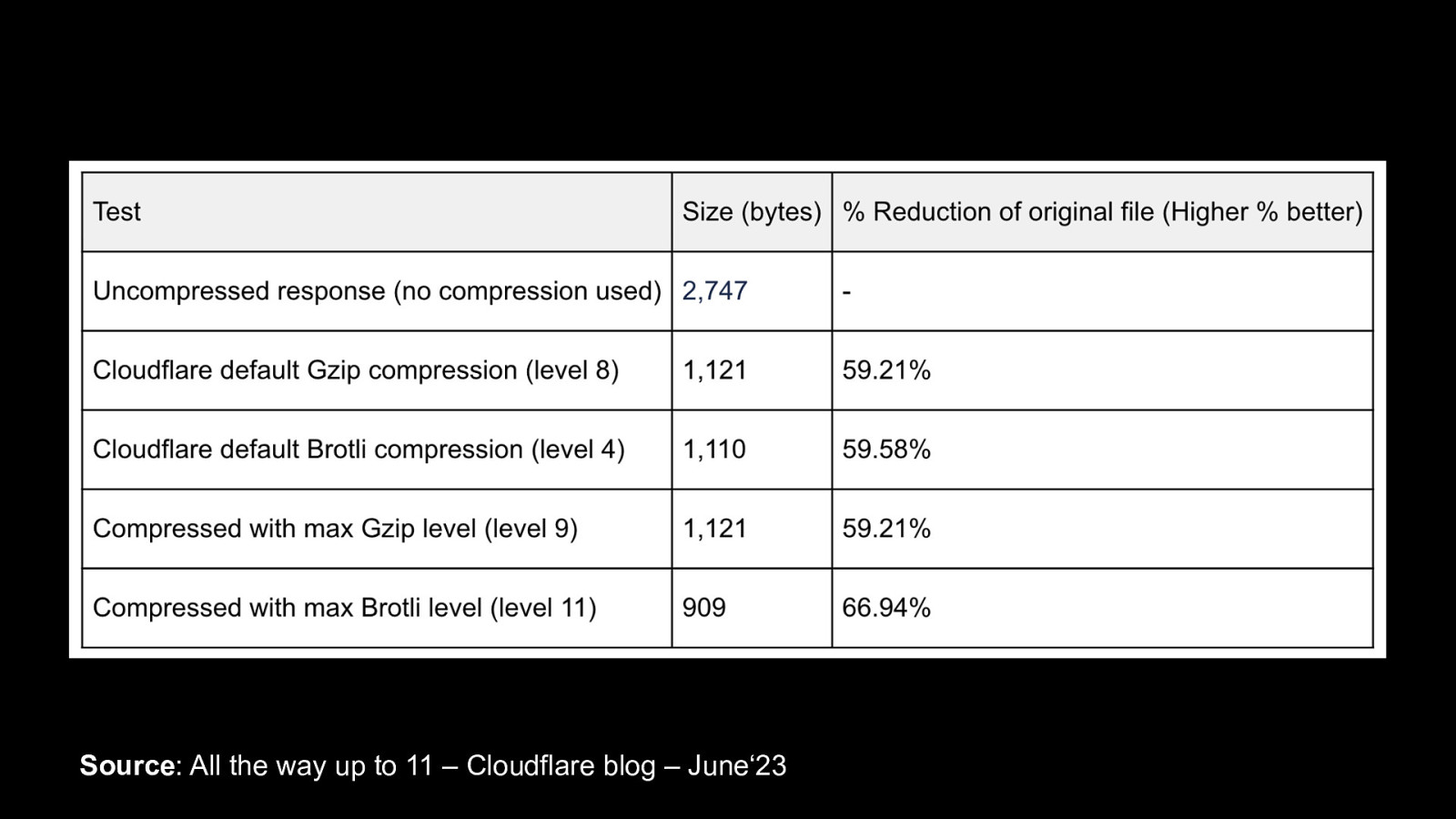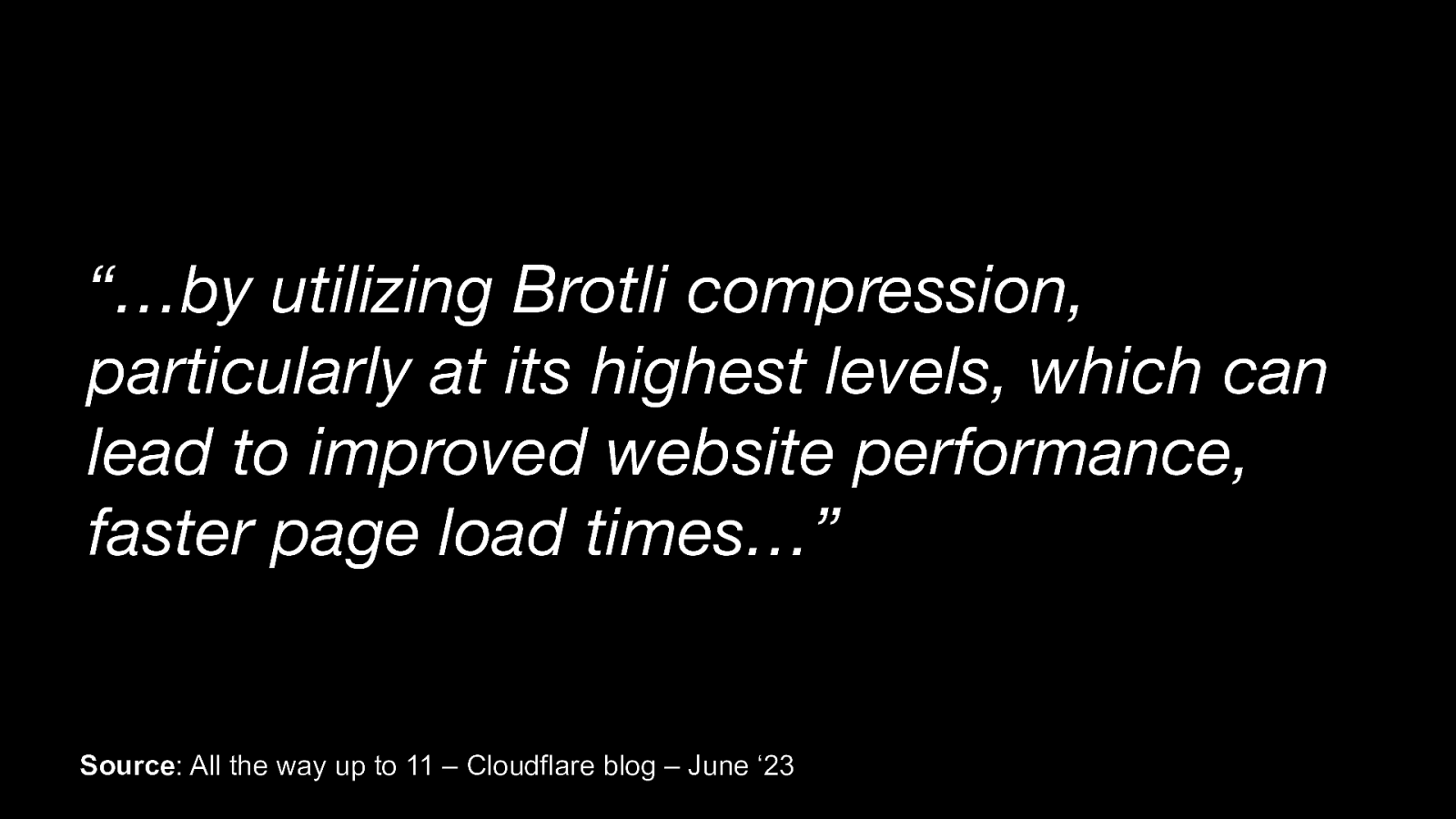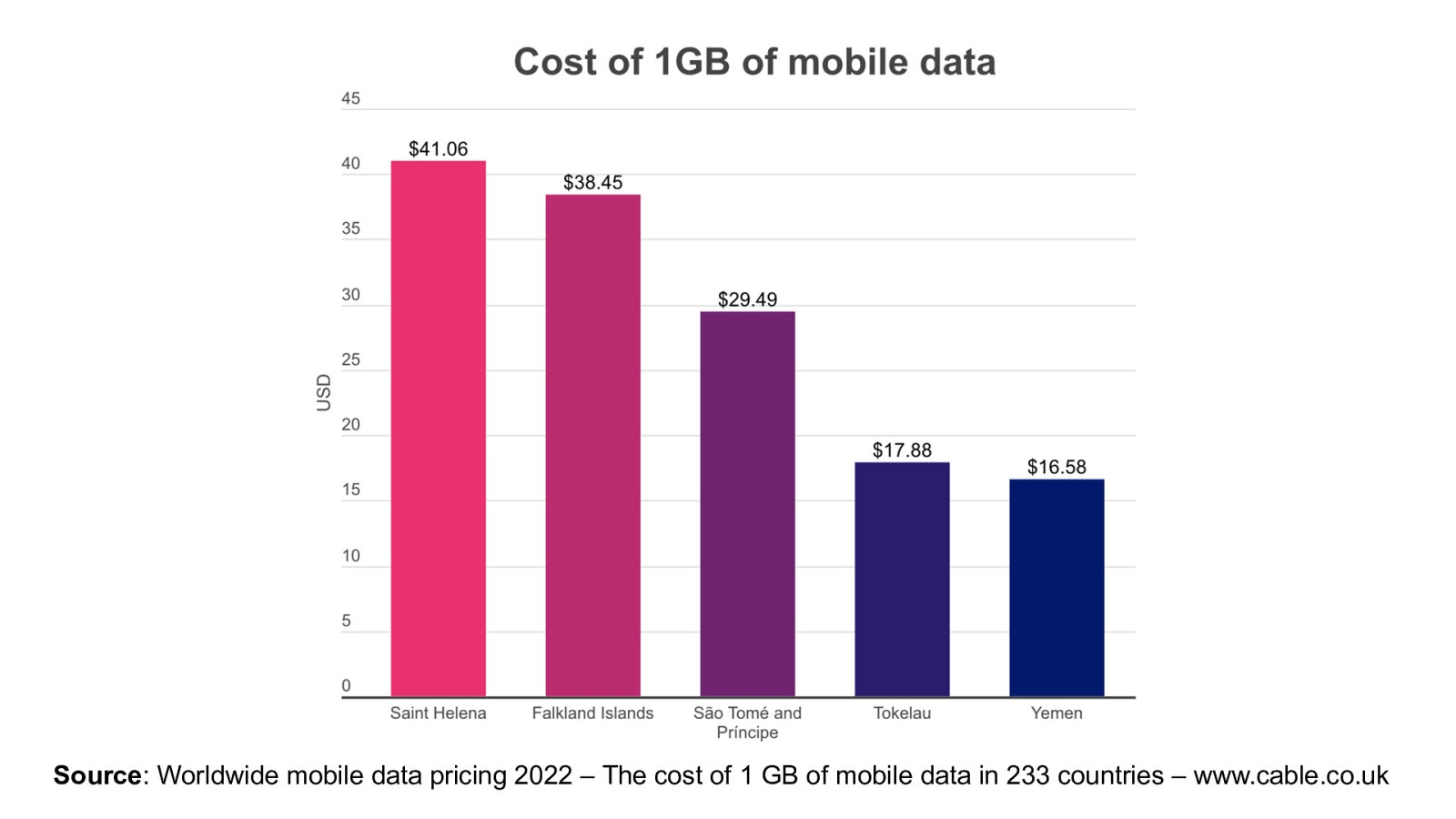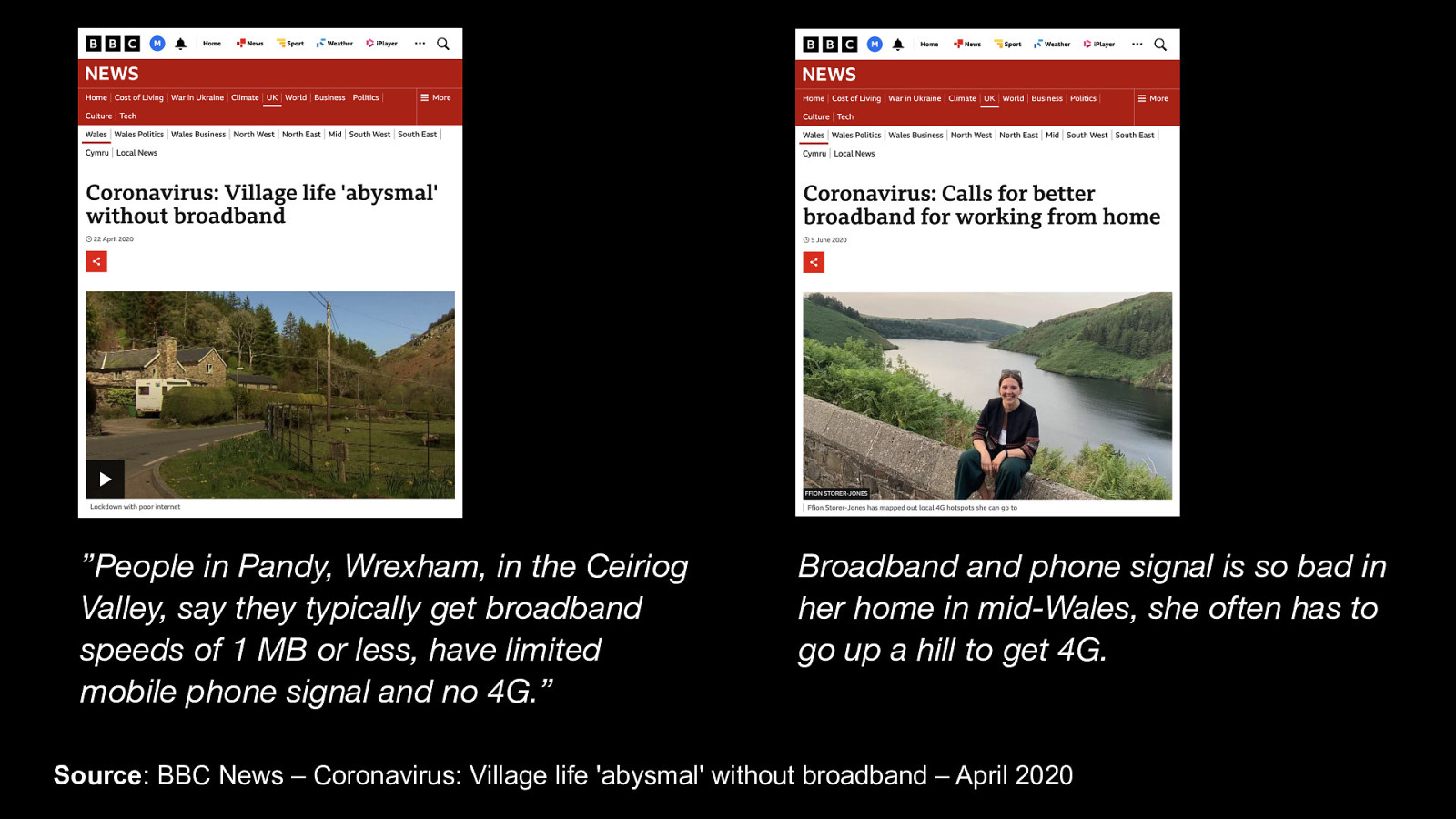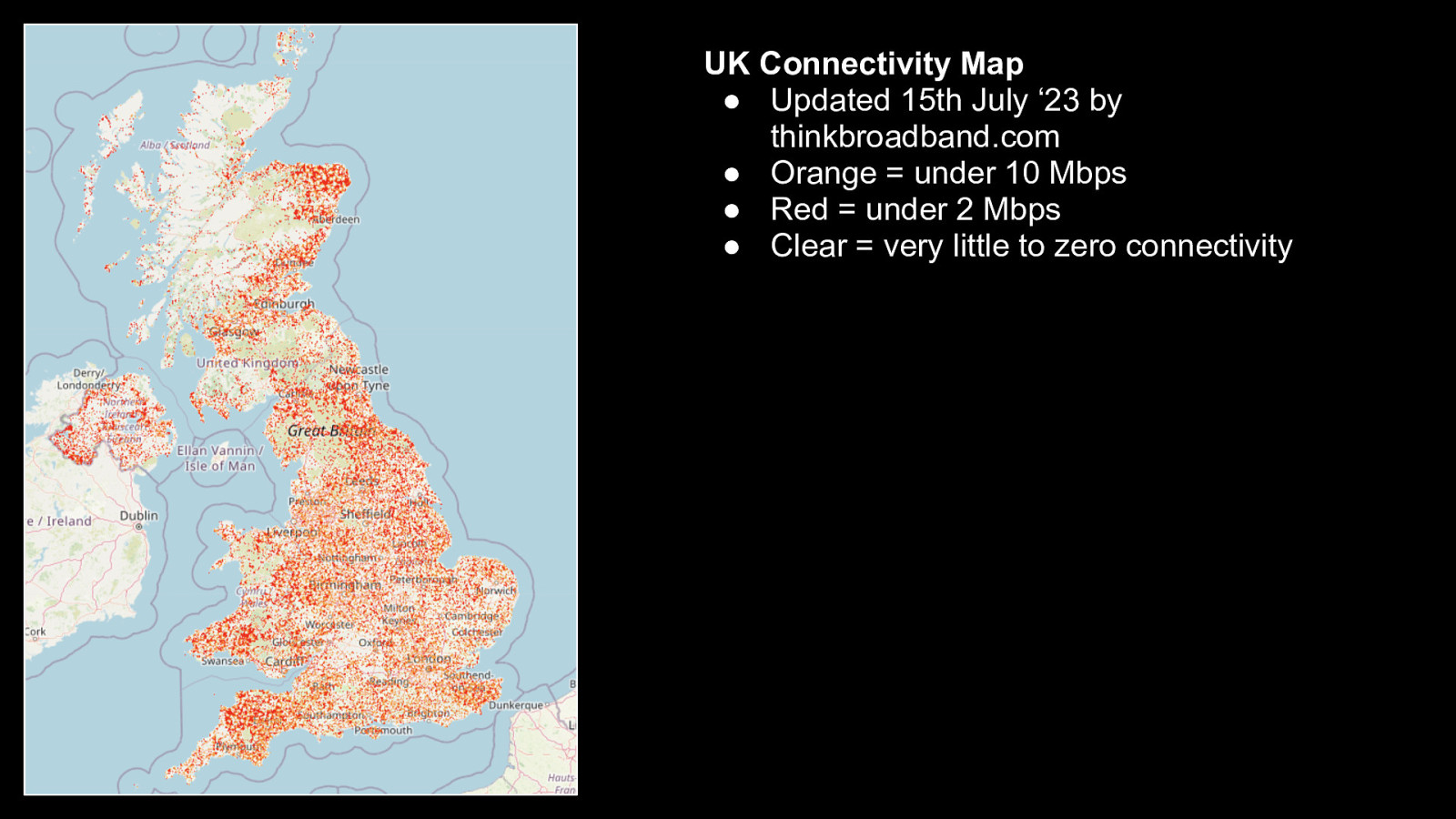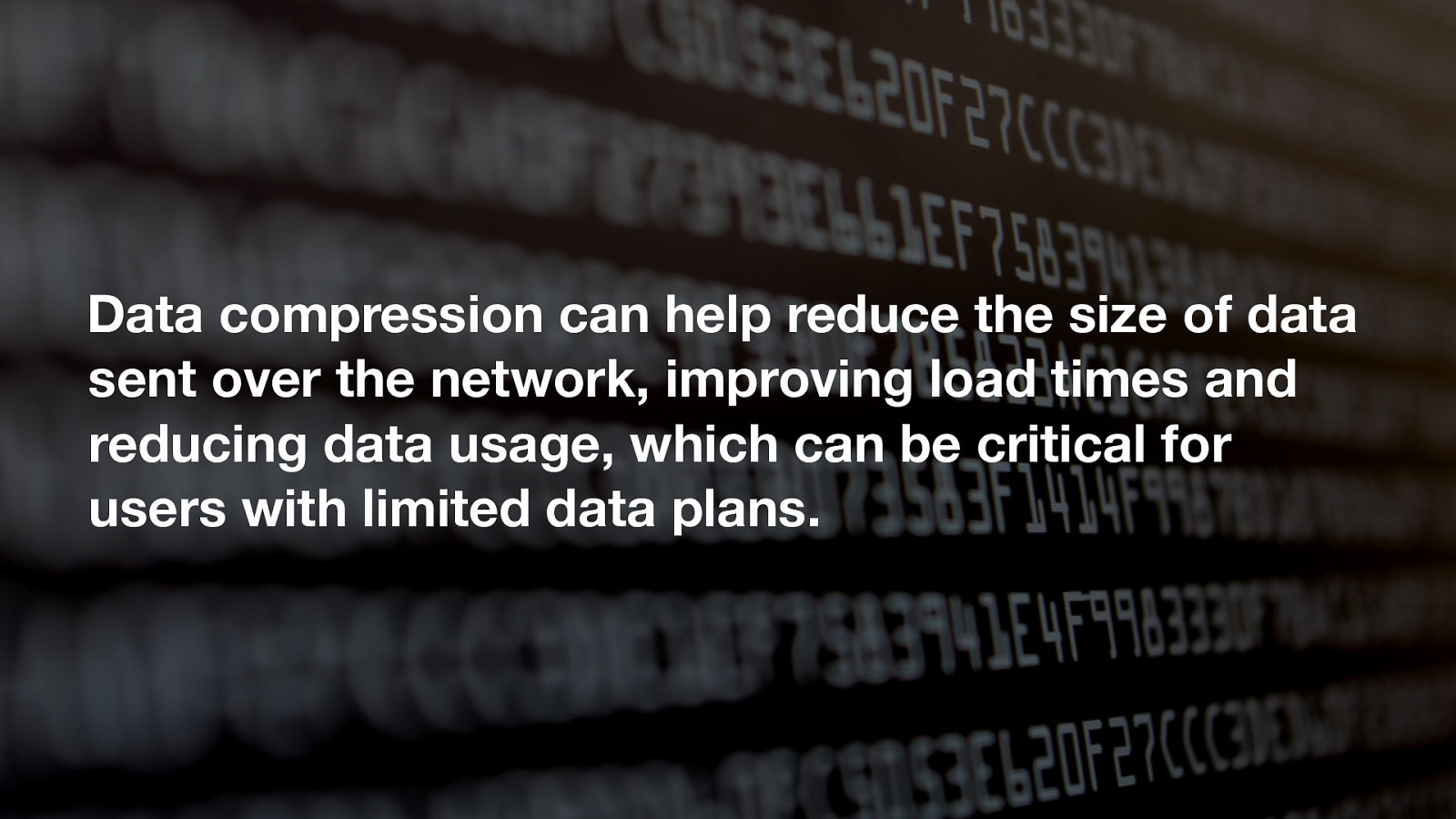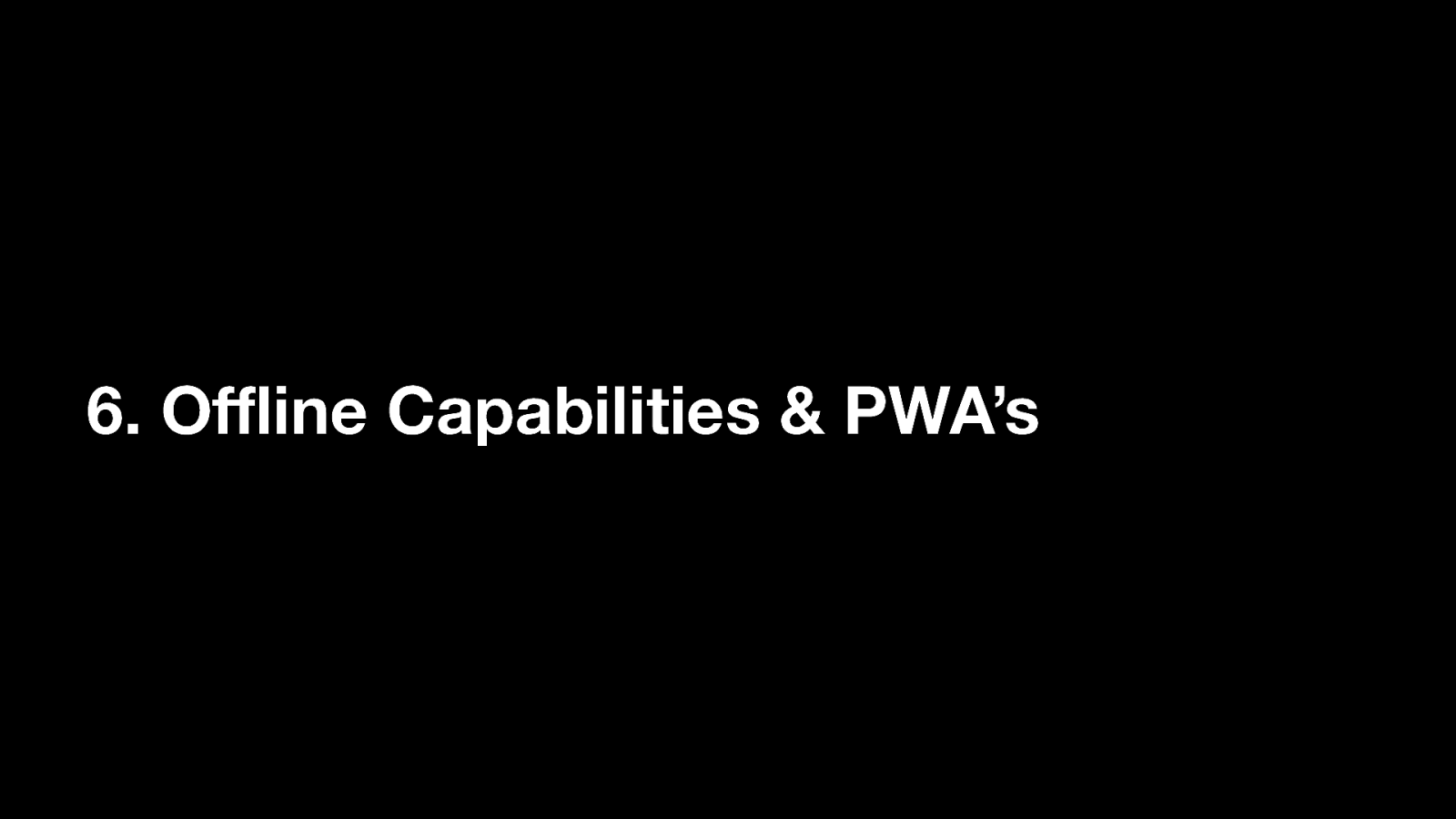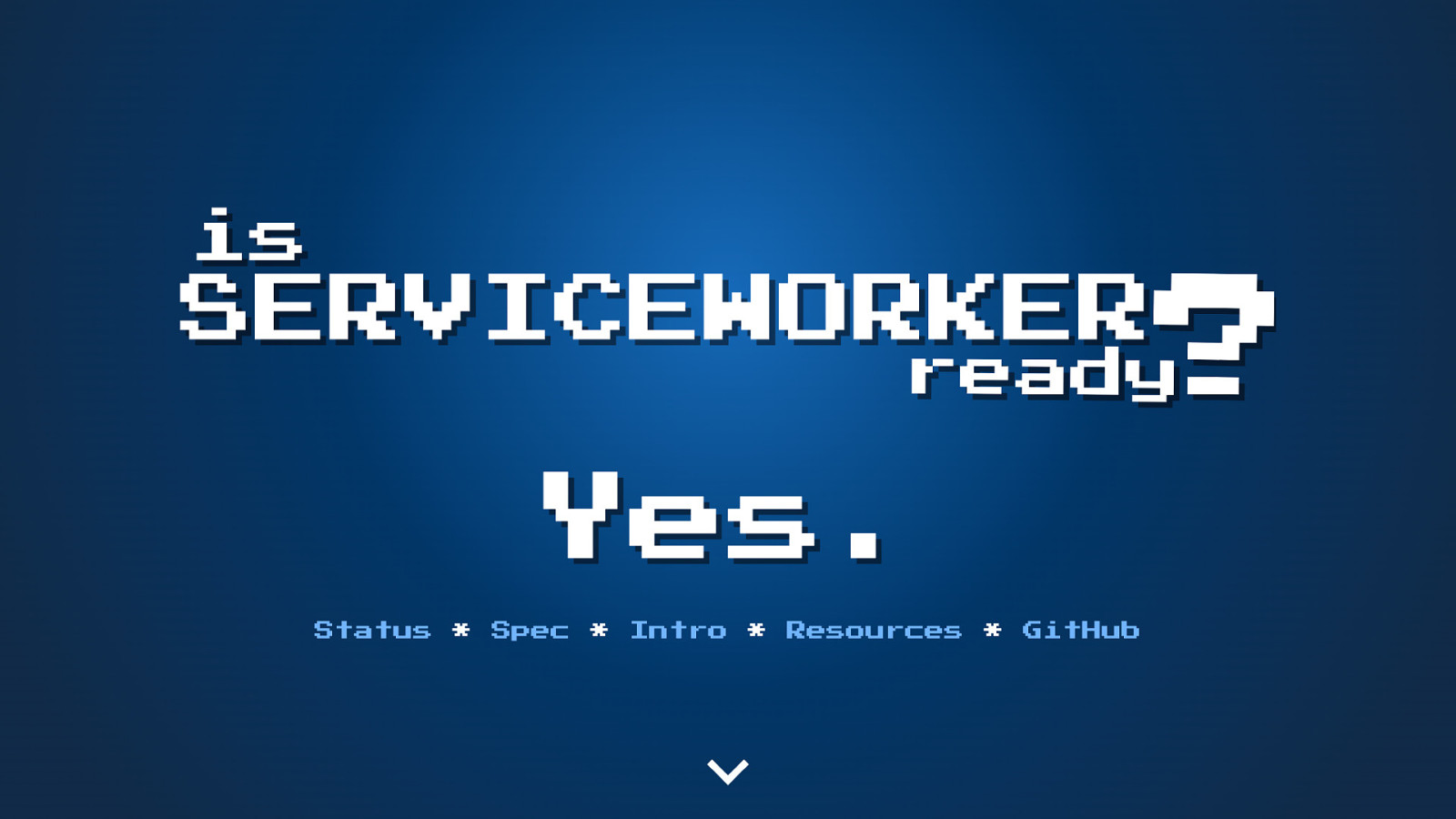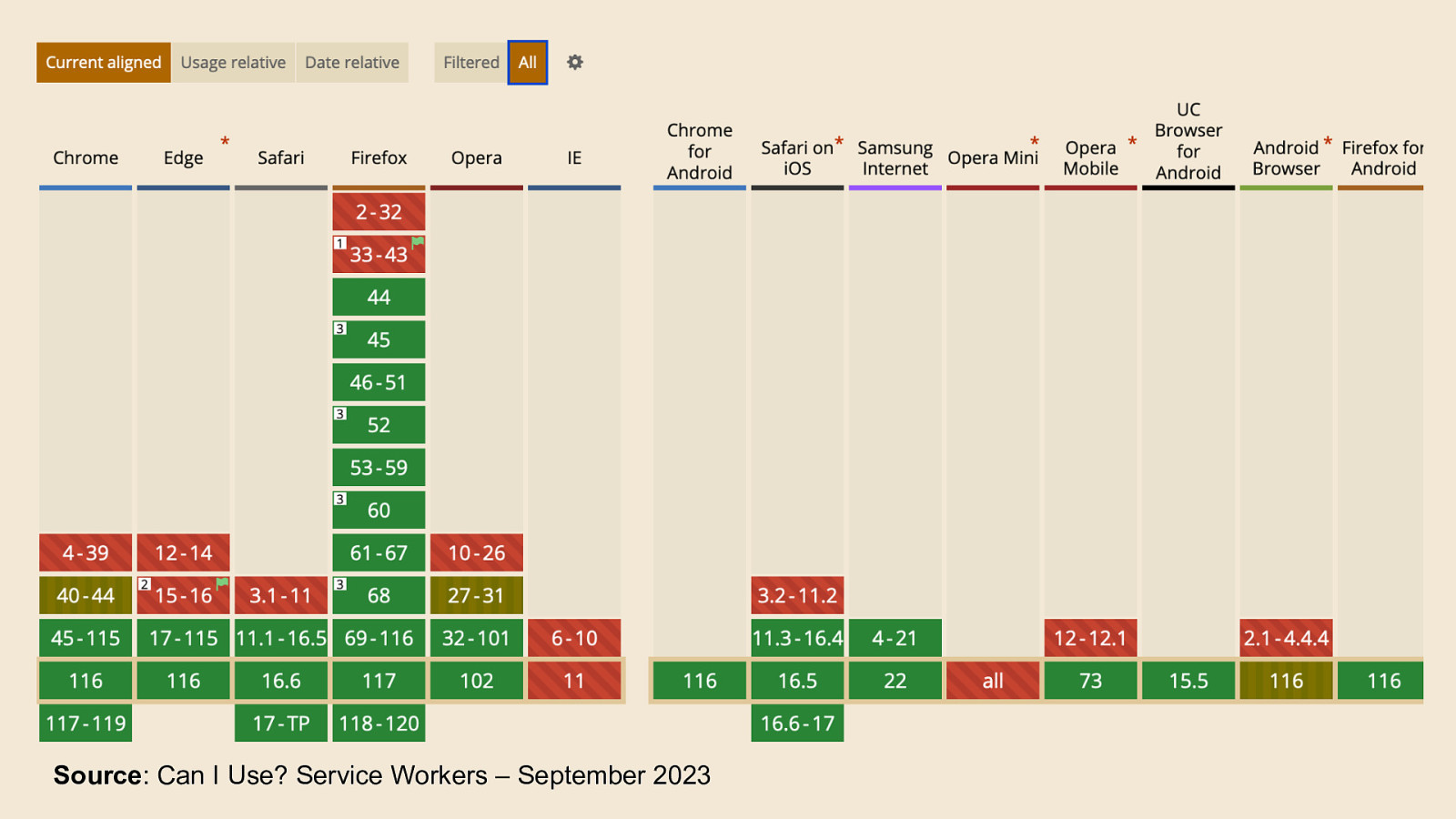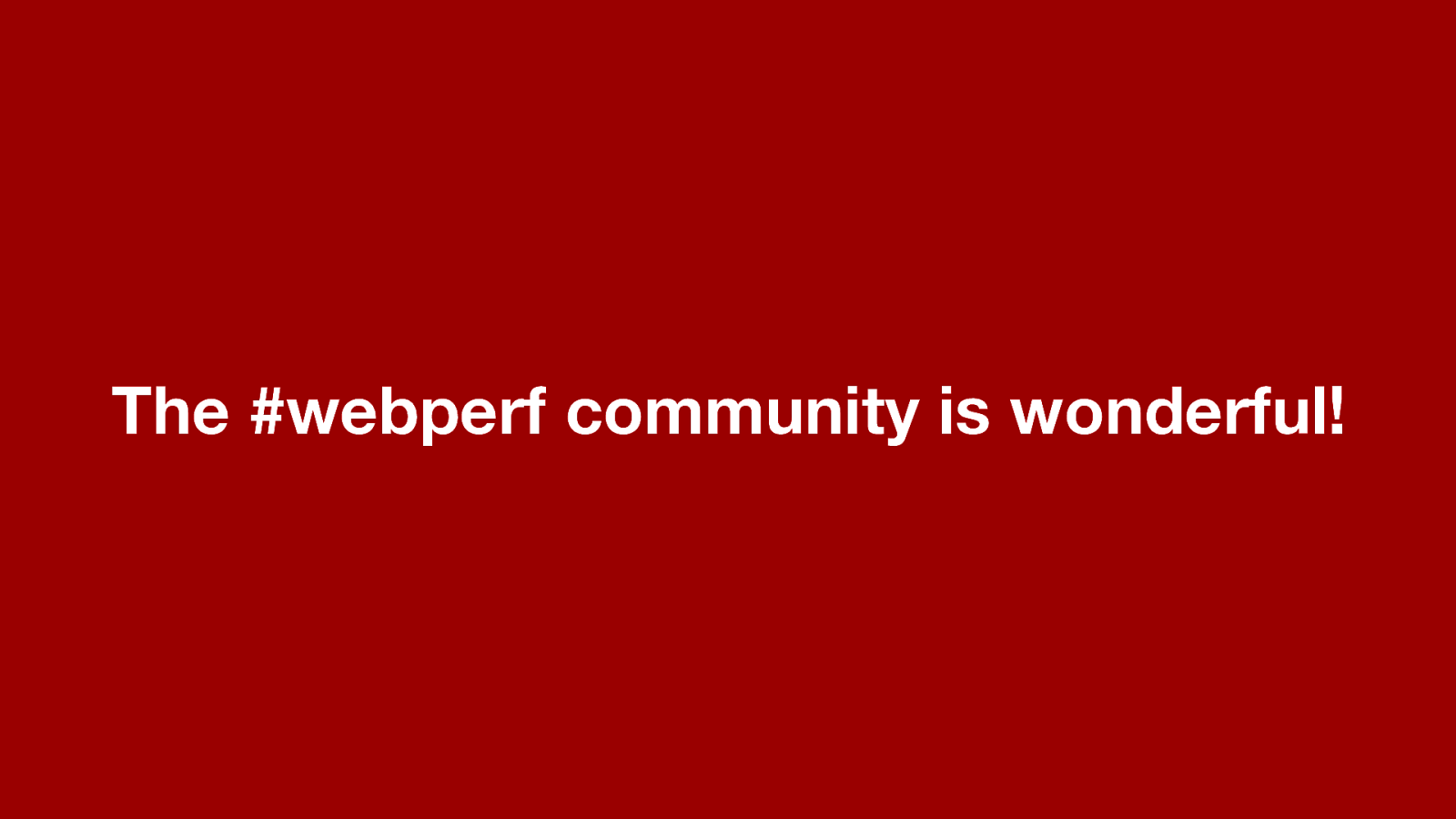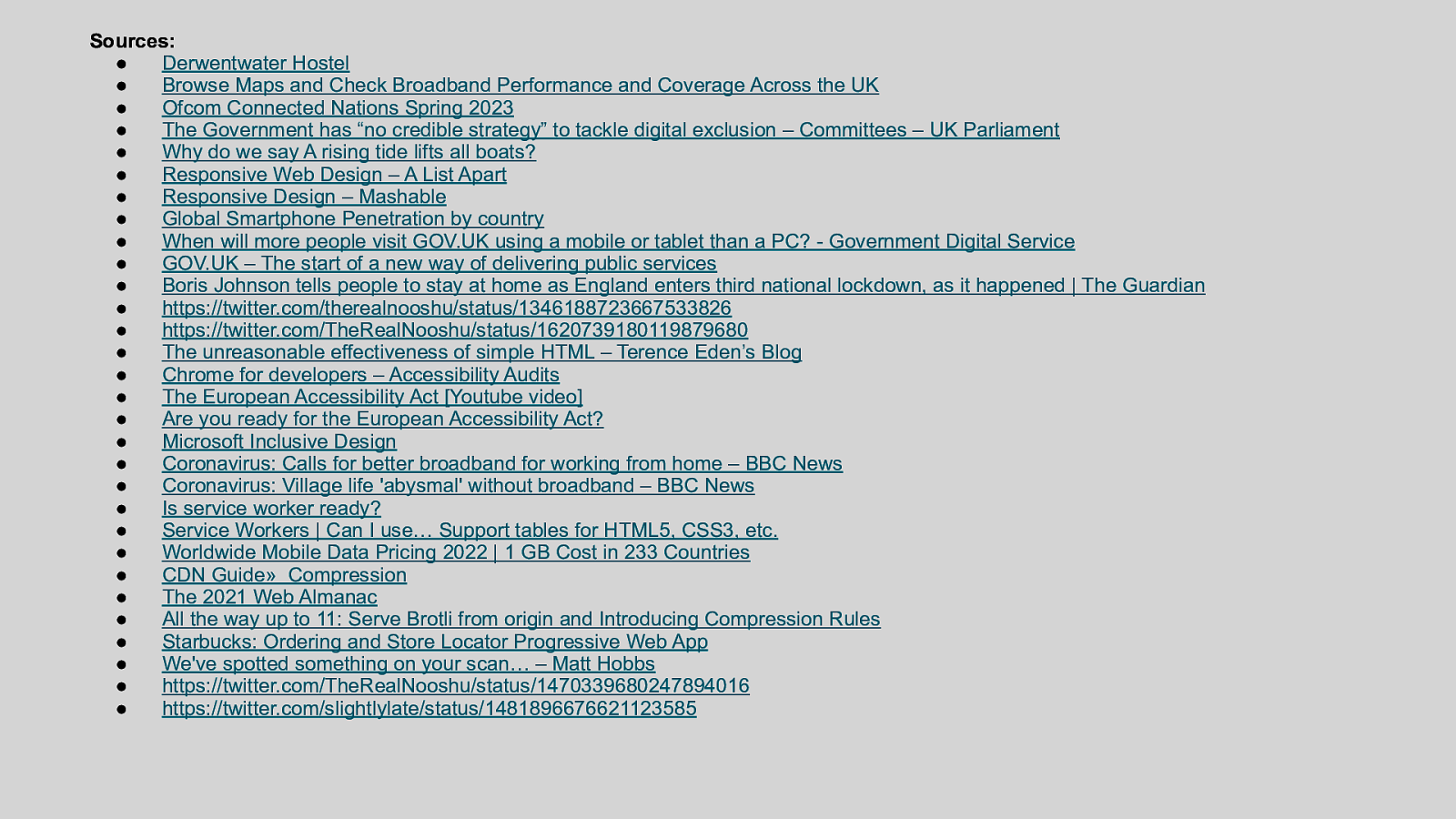What is the Digital divide? ● Population Growth ○ The population of the UK has been steadily increasing for years ● Ageing Population ○ People are living longer, better healthcare, healthier lives, better living conditions ● Life Expectancy increasing ○ In the UK: 81 years for men, 84 years for women ● Demographic Shift ○ Ageing population puts pressure on social and healthcare systems.
The UK, like many other developed countries, is experiencing an aging population. This is increasing due to longer life expectancy and lower mortality rates in older generations. A person born in the past 20 years, will have been exposed to the internet, mobile phones, and tablets, with connectivity to the whole world from a very early age. Their brain knows nothing different than looking up any question they have on a digital device. Having 2 young sons. I’ve been witness to this over the past few years as they are both very fluent with technology due to their daily usage.



































































